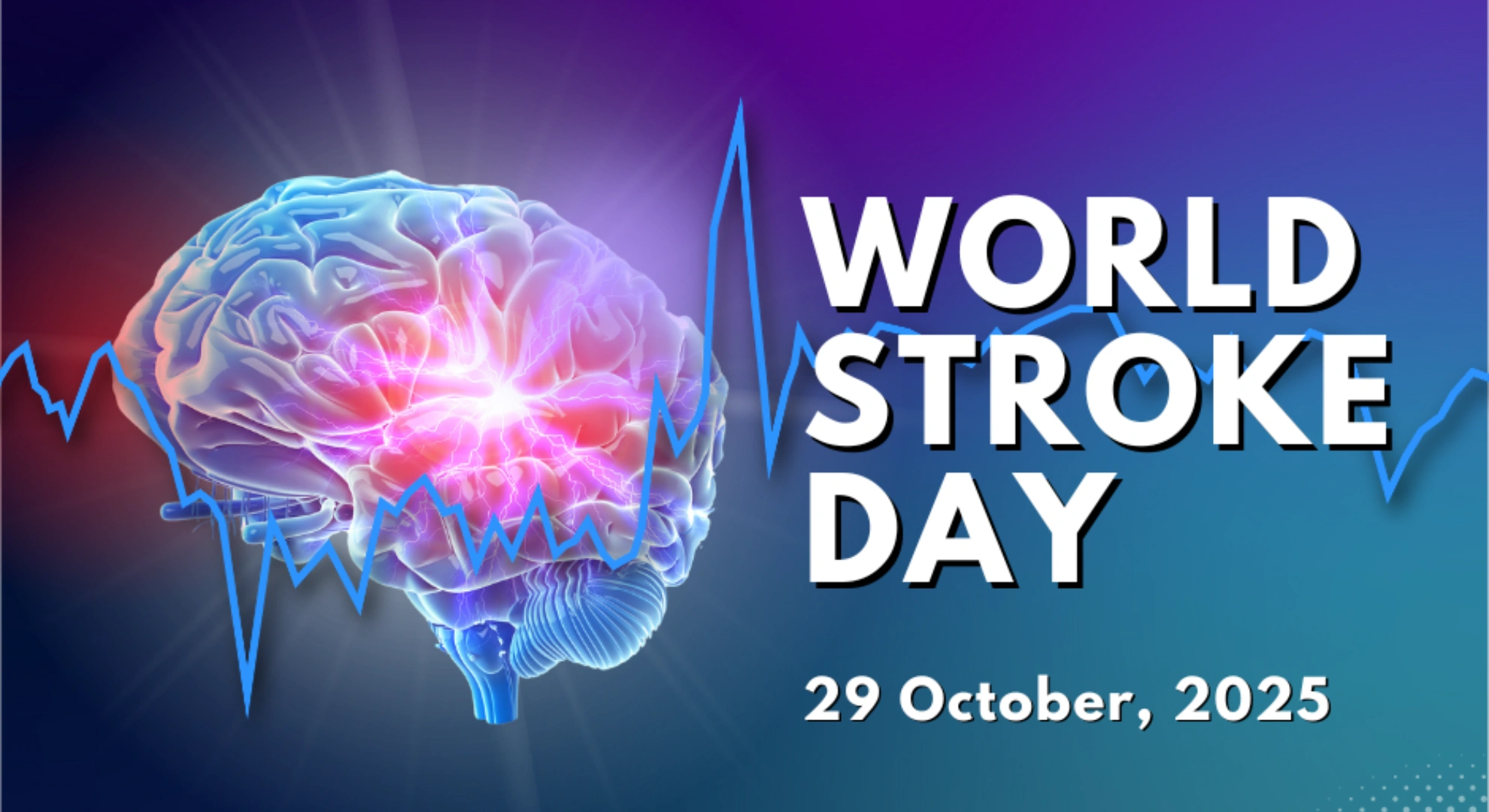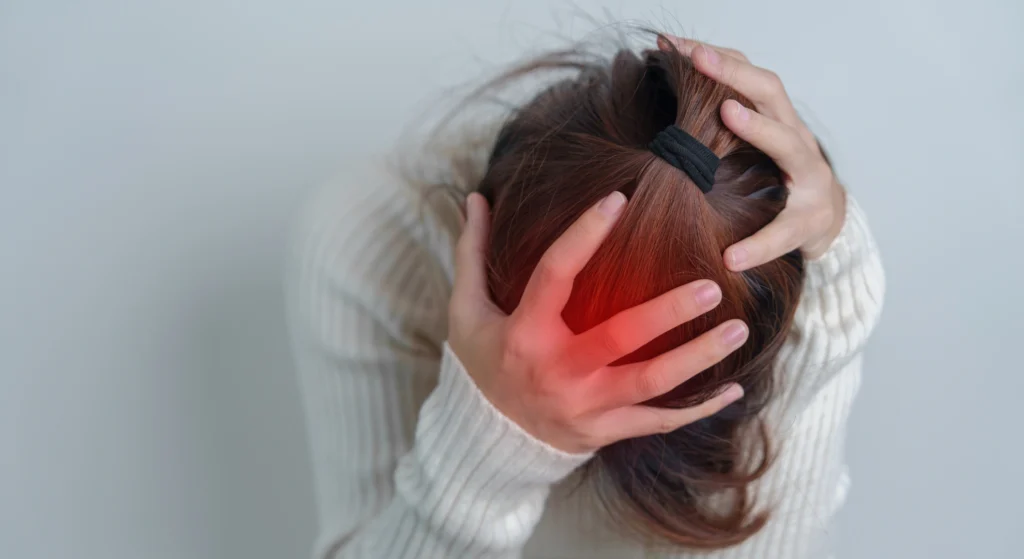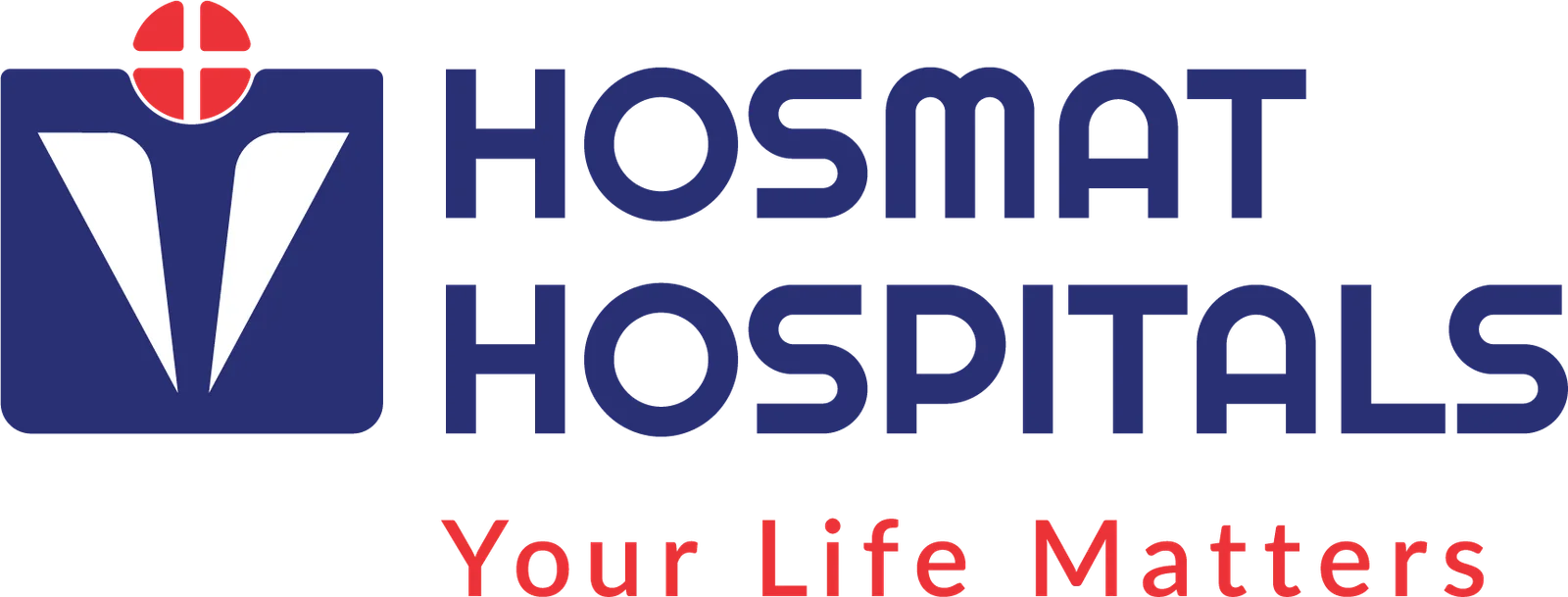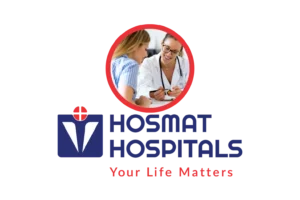Learn what to expect when visiting the Emergency Department. Learn More

- Neurology
- 29/10/2025
- 5 MINS READ
It was an ordinary morning until 30-year-old Raghav’s (name changed) world changed. He walked into HOSMAT Hospitals with slurred speech and sudden weakness on one side of his body. He was young, active and had no major health problems yet the MRI revealed a sub-acute infarct in the left brain caused by a blocked artery. Further angiogram testing revealed a thrombus in a major brain artery.
The neurology and emergency teams immediately began blood thinners, anticoagulants and intensive rehabilitation. But they didn’t stop there. They dug deeper and discovered a rare Combined Protein C and Protein S deficiency that made his blood prone to clotting. Thanks to timely care and full evaluation, he recovered well, now leading a normal life—on long-term medication and follow-up at HOSMAT.
“In our 30-year-old patient case, the key wasn’t just treating the clot, it was digging deeper to find the cause. That is how we prevent the next stroke, not just fix the one in front of us,” says Dr. Prapti Reddy.
Raghav’s case shows why strokes are no longer simply a disease of older age.
The rising tide of young-adult strokes in India
Stroke is no longer limited to those over 60. Younger adults in India are increasingly affected. Consider these facts:
- A study found an incidence rate of 46 per 100,000 people in the 19-49 age group. Lippincott Journals
- Globally, stroke deaths in younger adults rose by 36.7% between 1990 and 2013 in developing countries. PMC
- 20-30% of stroke cases are now in the under-50 age group, reveals the indian data. Nature+1
“Stroke is not only a disease of age, younger adults now face it with silent risk factors and subtle warning signs. Recognising those signs early can make the difference between full recovery and long-term disability,” says Dr. Prapti Reddy
These numbers illustrate a shift in who suffers from stroke—and why awareness must change accordingly.
Why younger adults are at risk

What’s driving the rise in young-adult strokes? Here are the major factors, in plain language:
- Risk factors showing up early. Conditions like high blood pressure, diabetes, smoking and high cholesterol—once found in older adults – are increasingly seen in younger people. One Indian study found that young stroke patients often had one or more of these.
- Lifestyle pressures. Sedentary work, long hours, stress, poor diet, sleep-debt and use of stimulants all contribute.
- Hidden causes. Younger people may have rarer causes of stroke- genetic clotting disorders, artery dissection, unusual heart conditions.
- Delay in care. When stroke strikes a younger person, the warning signs may be ignored or mis-attributed. That delay costs brain tissue.
“The brain demands speed. Time lost is brain lost. When someone shows slurred speech, one-sided weakness or sudden confusion — call for help immediately. The first hour will impact their whole life,” adds Dr. Prapti Reddy
What to watch out for — early warning signs
If you’re in your 20s, 30s or 40s, don’t dismiss sudden symptoms. Act fast.
Look for:
- Sudden numbness or weakness in face, arm or leg, especially on one side
- Slurred or confused speech, trouble understanding
- Sudden visual problems in one or both eyes
- Dizziness, loss of balance, trouble walking
- Sudden severe headache with no clear cause
If you spot any of these, call emergency services or go to the nearest stroke-ready hospital immediately. Because every minute counts.
How you can cut your risk (and stay safe)
Here’s a simple checklist for risk reduction you can start today:
✅ Get your blood pressure checked regularly
✅ Check your blood sugar and cholesterol; don’t assume you’re safe because you’re young
✅ Quit smoking and reduce alcohol intake
✅ Exercise at least 30 minutes/day, maintain healthy weight, eat plenty of fruits & vegetables
✅ Manage stress, sleep well, avoid constant over-work without breaks
✅ Know your family history. Hidden clotting disorders, early strokes in relatives matter
✅ If you ever have transient signs (numbness, vision change, slurred speech) get evaluated, don’t wait
Prevention is better than cure, and in stroke that’s absolutely true.
How HOSMAT is helping & your role in it
On World Stroke Day, we at HOSMAT Hospitals reaffirm our commitment to younger adults at risk of stroke. We believe every life matters, and every brain matters.
With advanced neuro-diagnostics, emergency stroke-care protocols and rehabilitation services, we ensure that when a stroke strikes, we act fast, and help you return to your life.
We also focus on detection of hidden risk-factors (as in our opening case) so you don’t stay vulnerable.
If you’re under 50 and have any risk factors, even if you feel healthy, please speak with your doctor about a stroke-risk screen. Preventive action now means freedom later.
This World Stroke Day, let’s shift the narrative: Stroke is not just an older person’s disease. It can strike younger adults too – active, healthy-looking people. But you can act. Get screened. Know your numbers. Pick one healthy habit and persist. Your future self will thank you.


